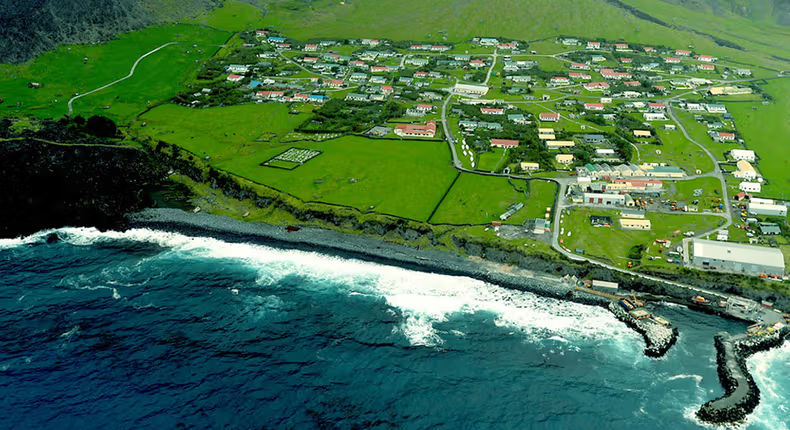Discovered in 1506 by Portuguese admiral Tristão da Cunha, this island is part of the British overseas territory. First settled in 1817, the main island is officially known as Edinburgh of the Seven Seas, named after a visit in 1867 by HRH Prince Alfred, the Duke of Edinburgh.
ISLAND LIFE
Tristão da Cunha is known as the loneliest place on earth, with no airfield or airport, making it five to six days away by boat from the nearest land. This remote archipelago, encircled by an active stratovolcano, offers unparalleled seclusion, stunning landscapes, and a small but resilient community of 238 residents.
ECONOMIC ACTIVITIES
The island’s economy relies mainly on traditional subsistence farming and fishing. The commercial crawfishing industry, along with the sale of coins and postage stamps, also contributes to foreign revenue. Limited tourism provides additional income through accommodations, guided tours, and local crafts. However, outsiders cannot purchase land, making it nearly impossible to gain citizenship.
COMMUNITY DYNAMICS
Almost all residents can trace their ancestry back to the original settlers. Inbreeding (marrying relatives) is quite common, though it has not led to a significant increase in birth deficiencies. Despite many applications to join this tight-knit community, known informally as “Utopia,” maintaining the island’s unique culture and heritage remains a priority.

